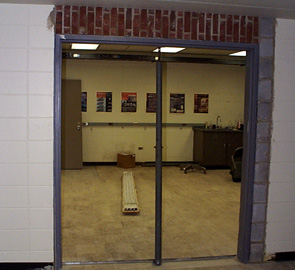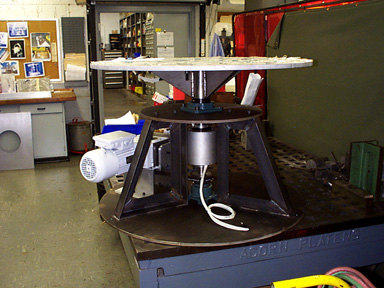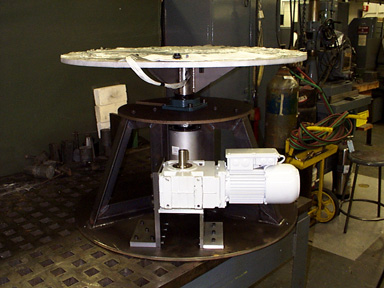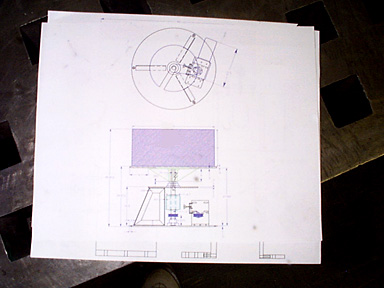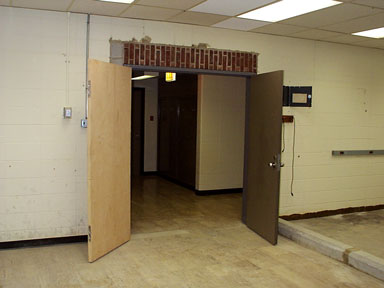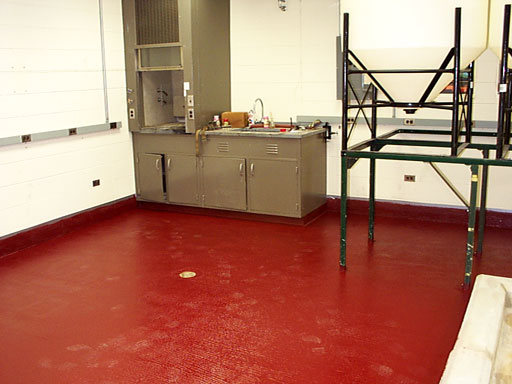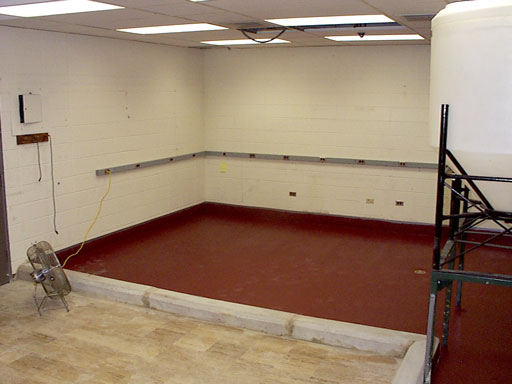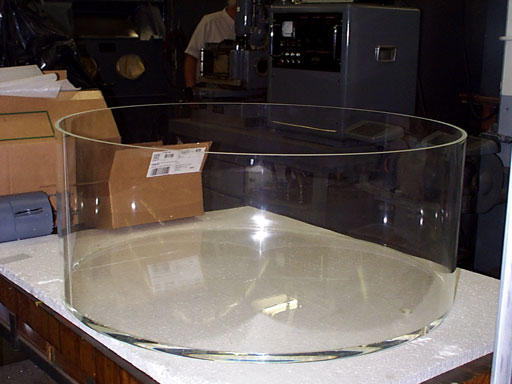
|
Construction of Dave Fultz Memorial Laboratory for Hydrodynamics* *the name of the laboratory is tentative Noboru Nakamura, Synte Peacock, Douglas MacAyeal , David Rowley, Brian LynchDepartment of Geophysical Sciences, University of Chicago John Phillips, David Smith, Gerard Jendraszkiewicz James Franck Institute, University of Chicago David Plitt Central Shop, Physical Sciences Division, University of Chicago Construction is underway for a hydrodynamics laboratory on the 4th floor of Hinds Building, University of Chicago. The lab is inspired by the original work of the late Prof. Dave Fultz from our own Department, who pioneered many remarkable experiments that described the essence of fluid motion in the atmosphere and ocean. The new lab is intended for both instruction and research and will be partially operational by the end of the year 2004. This project is funded by:
Special thanks are due to John Marshall and Bud Brown (MIT) for the useful information on their turntable design which we basically adopted, Harry Swinney (U Texas) for an insightful tour of his laboratory, and Stuart Dalziel (U Cambridge) for invaluable suggestions on visualization and measurements. The design of lab started in January, 2003, when the Department received a gift from the Fultz family as a seed grant for the project. Much of 2003 was spent in internal fundraising and visits to similar facilities. The actual construction finally gained momentum in spring/summer of 2004. Although the original Fultz lab was located in the subbasement, we decided to build our lab on the 4th floor to ensure visibility and accessibility. |
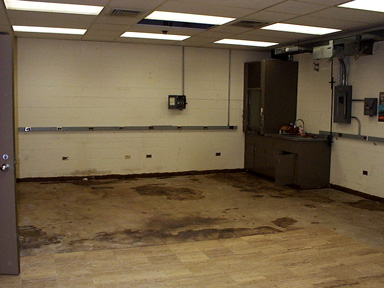 8/11/04 The 600-ft sq lab space has been cleared. The untiled area will be diked and epoxy-coated for the equipment. The opening in the ceiling is for the secondary turntable for a camera.
8/11/04 The 600-ft sq lab space has been cleared. The untiled area will be diked and epoxy-coated for the equipment. The opening in the ceiling is for the secondary turntable for a camera.

